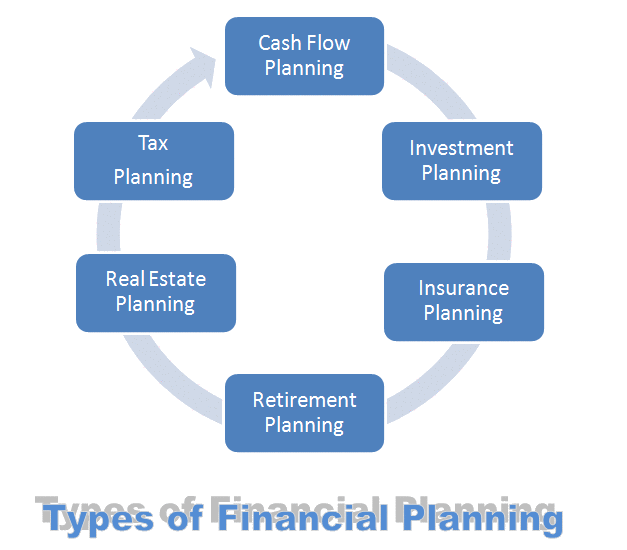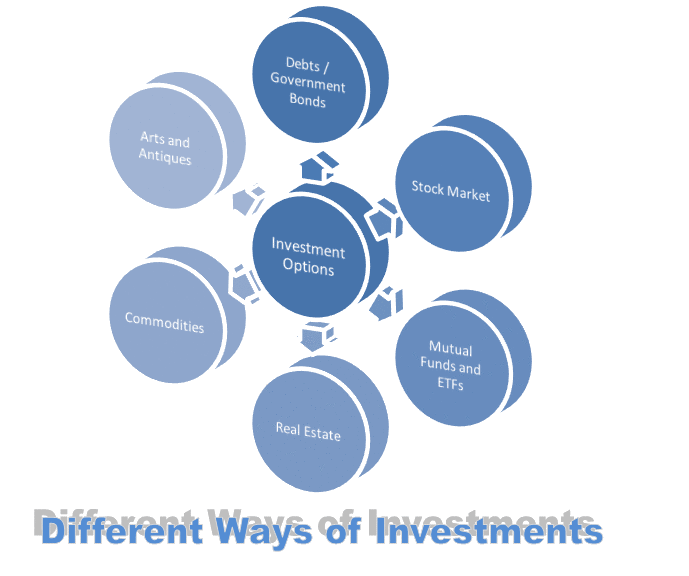When questioned, “What is an investment objectives?” The most typical inquiries are, “How to choose an investment objectives?” and “difference between investment vs. savings”. The needs of investors differ dependent on their time horizon and risk tolerance. These are key factors when determining investment objectives.
If you adequately explain your financial demands, your financial professional will make the finest advice based on your objectives, risk tolerance, and the urgency of your financial needs.
What Is an Investment Objective?
Investing objectives explain the function that an investment or mix of assets plays in helping you achieve your financial goals. After determining your objective, you can reduce your focus to specific asset classes or stocks. These aid you in establishing a portfolio that will assist you in reaching your goals.
A mutual fund management may also employ an investment aim as a guiding principle.This approach specifies how the assets of a fund will be invested. The objectives of investment of a mutual fund outline the fund’s goals and the assets it will own. The fund’s prospectus contains this information.
Investment vs. Savings
The question “Why invest?” is essential when it comes to financial planning. Saving is the practise of setting aside a portion of one’s income over time. Your savings are safe and have no influence on your ability to generate profits or returns. However, because no additional monies are put to the account beyond the monthly contribution, the account’s value remains constant.
In contrast, the concept of investment is predicated on obtaining returns or profit from money put in a fund or spent on a good. Keep in mind that taking risks is what makes them profitable.
Remember that there is a direct relationship between returns and risk, therefore the greater the risk, the greater the possibility of better returns. To answer the question, “What is the goal of investment?” for yourself, you must first examine the risk profiles of various investment opportunities and your own risk tolerance.
What are the Objectives of Investment?
Before participating in any of India’s myriad investment schemes, it is essential to comprehend both the investment’s logic and its nature. Despite the fact that the objectives of investment for each investor are unique, the primary objective of investing money could be any of the following.
To Earn a Regular Income
Investing can help you generate supplementary (or primary) income over time. These types of investments include fixed deposit accounts that pay monthly interest and dividend-paying stocks and bonds.
After retirement, income-generating assets can help you maintain your standard of living. In addition, they can be fantastic sources of extra revenue during your working years, enabling you to pay for expenses such as college tuition and student loan payments.
To Protect your Finances
The majority of investors seek to protect their capital. Some investments might help protect your hard-earned cash from depreciating over time. Investing in these instruments or schemes may help you preserve your savings and investments over your lifetime.
Fixed deposits, government bonds, and even normal savings accounts can provide long-term financial security. Despite the reduced rate of return, it is straightforward to preserve capital.
Save Aside Funds for Retirement
It is essential to save money for retirement. You will require retirement money because it is possible that you may be unable to work permanently after reaching retirement age. Investing your income during your working years will allow your savings to grow to a level that will allow you to retire comfortably.
Tax Burden should be Lowered
Investors invest for a variety of goals besides wealth accumulation and preservation. The 1961 Income Tax Act provides further incentives in the form of tax reductions. You can deduct ULIPs, PPFs, and ELSSs from your total income. This reduces your taxable income and consequently your tax liability.
To Accomplish your Financial Goals
Investing can also help you achieve your short-term and long-term financial goals without undue stress. While some assets have short lock-in periods and substantial liquidity, others do not.
These investments are ideal for amassing funds for short-term objectives, such as home improvements or an emergency fund. Other investment opportunities, such as those with longer lock-in periods, are more suited to long-term goals.
Risk of Trading
This type of investment portfolio seeks both speculative transaction activity and capital appreciation. To do this, one must be willing to assume substantial risks.
To Promote Money’s Expansion
A common motive for investing is to ensure that the capital grows into a large sum over time. Capital growth is a long-term objective that helps individuals make future financial goals. If you wish to amass wealth over time, you must consider objectives of investment and strategies that generate substantial returns on the initial investment.
Experts recommend real estate, mutual funds, commodities, and equities for long-term gains. Despite the tremendous risk associated with these options, the returns are often enormous.
Risk Mitigation
Are you a cautious investor? Maybe you’ve chosen to quit your work. You may want to reconsider adding to your investment portfolio under these circumstances. Less risk = less financial loss anxiety. This is referred to as “conservation.”
Development that is Aggressive
To achieve long-term success, this portfolio category emphasises aggressive growth and capital appreciation. No emphasis is placed on generating present income. The stock market is riskier and better suited for long-term investors.
Categories of Investments
Every investment carries a certain degree of risk. You may want to maximize your tax returns, minimize your risk exposure, or focus on a certain time period, such as retirement. Invest in the subsequent asset categories:
Investments in Property
Investments in ownership consist of assets that the investor acquires and subsequently owns. This investment category encompasses equities, real estate, and bullion. Financing a firm is another type of ownership participation.
Inflation-adjusted Investments
These are investments that are easily convertible to cash. Money market instruments, for instance, are fantastic cash alternatives. The return on cash equivalents is lower than that of other investments, but the risk is low.
Lending Investment
Investing in lending instruments is comparable to managing a bank. The examples of lending investments include corporate bonds, government bonds, and even savings accounts. In essence, savings accounts are personal bank loans. As noted previously, the bank will use these funds to fund consumer loans.
How do you Choose an Investment Objectives?
Consider the following before to constructing your portfolio:
- How long do you expect to require these funds?
- Do you want your funds to appreciate?
- What is the significance of your finances?
- What do you want it to do specifically?
- Do you desire to keep the asset’s current value?
Your replies will help you determine your risk tolerance and investment horizon. This is the basis of your objectives of investment.
You might use your savings to fund your retirement objectives. You recognise that it will take another twenty years to attain your objective. This shows that you are an investor with a long-term perspective. You are financially capable of taking some risks. A growth objective may be the optimal choice in this case.
The typical long-term investor desires to expand their portfolio size. In contrast, your risk tolerance will determine whether growth stocks or growth funds are the best long-term investment options.
Conclusion
Some individuals devote their entire life to debating and choosing investment objectives and their benefits. They are afraid to invest because of the inherent risk. In contrast, many investments are risk-free or have a low to moderate risk. Investing early allows your money to increase more quickly over time due to compound interest. Before investing, it is essential to understand the your goals and objectives of investment from this topic.







